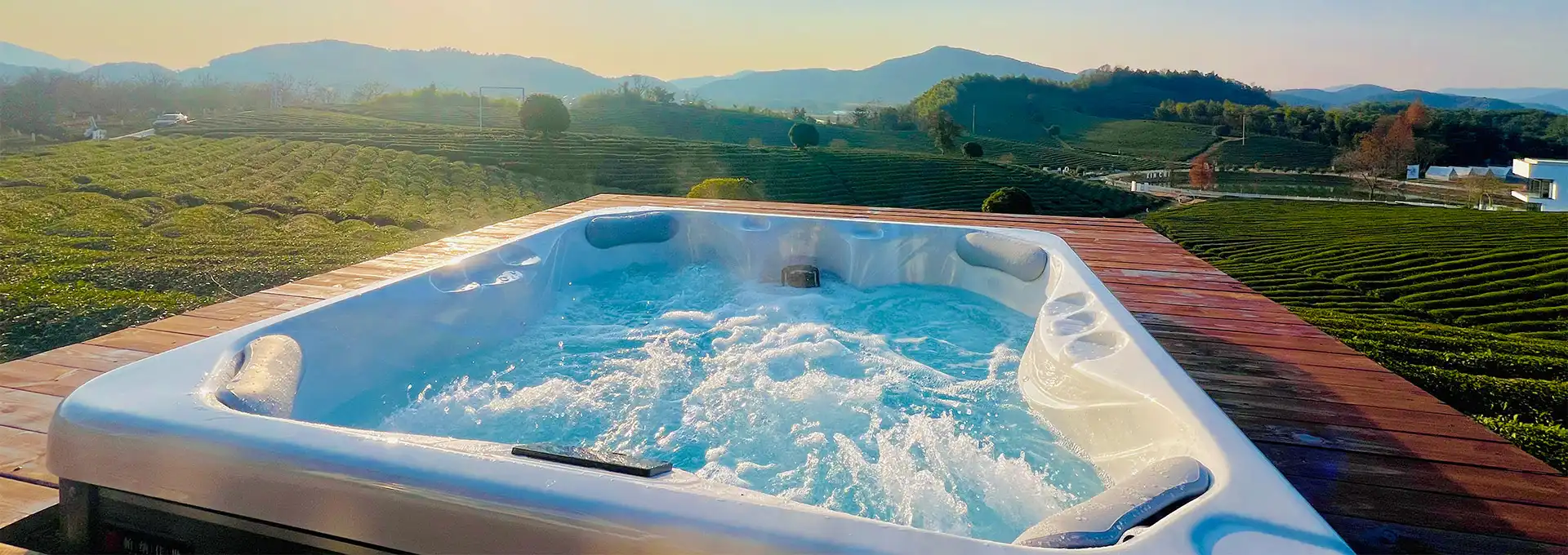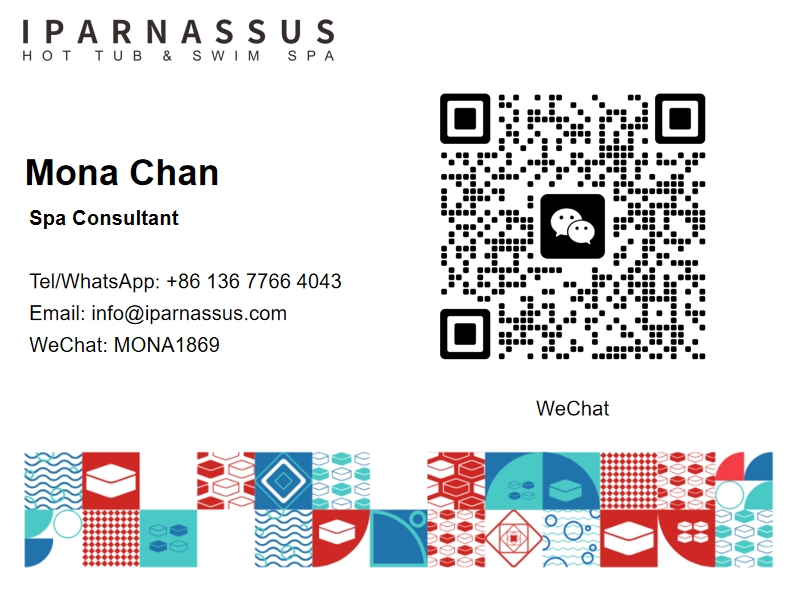What to use to shock a hot tub?
2025-07-10 22:27:13
Maintaining crystal-clear, sanitized water in your hot tub requires regular shocking treatments to eliminate bacteria, algae, and organic contaminants that standard chlorine or bromine sanitizers cannot handle alone. Hot tub shocking is an essential maintenance practice that involves adding a concentrated oxidizing agent to break down accumulated waste products, restore water clarity, and ensure a safe soaking environment. Understanding the proper chemicals and procedures for shocking your hot tub will help you maintain optimal water quality and extend the life of your spa equipment.
How Often Should You Shock Your Hot Tub?
Weekly Maintenance Schedule
Regular hot tub shocking should occur weekly for most residential users, though frequency depends on usage patterns and bather load. Heavy usage hot tubs may require shocking twice weekly, while lightly used spas might only need treatment every ten days. The key is establishing a consistent schedule that prevents the accumulation of organic waste that can cloud water and create unpleasant odors. Weekly shocking helps maintain proper sanitizer effectiveness and prevents the formation of chloramines or bromamines that cause eye and skin irritation.
After Heavy Usage Events
Hot tub shocking becomes particularly important after hosting parties or extended soaking sessions with multiple users. Each bather introduces oils, lotions, sweat, and other organic compounds that consume sanitizer and create water quality issues. Post-party shocking should occur within 24 hours to prevent bacteria growth and restore water balance. This immediate treatment helps prevent the development of biofilm and ensures your hot tub water remains safe and comfortable for future use.
Visual and Chemical Indicators
Your hot tub water provides clear signals when shocking is necessary, regardless of your regular schedule. Cloudy water, strong chlorine odors, or foam formation indicate the need for immediate shock treatment. Additionally, when total chlorine levels exceed free chlorine levels by more than 0.5 ppm, combined chlorine (chloramines) have formed and require oxidation through shocking. These visual and chemical indicators help you respond proactively to water quality issues before they become serious problems.
What Chemicals Are Safe for Hot Tub Shocking?
Potassium Monopersulfate (Non-Chlorine Shock)
Potassium monopersulfate represents the most popular and versatile hot tub shocking agent, offering powerful oxidation without increasing chlorine levels. This non-chlorine shock effectively breaks down organic contaminants while being compatible with all sanitizing systems, including chlorine, bromine, and mineral systems. Hot tub owners appreciate that potassium monopersulfate allows for immediate re-entry after treatment, making it ideal for frequent shocking without disrupting usage schedules. The chemical dissolves quickly in warm water and leaves no residue that could affect water balance or equipment performance.
Sodium Dichlor for Chlorine Systems
Sodium dichlor serves as an excellent shocking agent for hot tubs using chlorine-based sanitizing systems, providing both oxidation and sanitization in one treatment. This stabilized chlorine compound dissolves completely in hot water and maintains effectiveness in the high-temperature environment of spas. Hot tub shocking with sodium dichlor helps boost free chlorine levels while oxidizing organic waste, making it particularly effective for heavily used spas. The chemical's neutral pH helps maintain water balance during treatment, reducing the need for additional pH adjustments.
Calcium Hypochlorite Considerations
While calcium hypochlorite can shock hot tubs effectively, its use requires careful consideration due to its impact on water chemistry and equipment. This powerful oxidizing agent raises both chlorine levels and pH significantly, necessitating careful monitoring and adjustment after treatment. Hot tub owners should pre-dissolve calcium hypochlorite completely before adding it to prevent equipment damage and ensure even distribution. The chemical's high pH and calcium content make it less suitable for frequent shocking, though it remains effective for occasional deep cleaning treatments.
Can You Use Pool Shock in a Hot Tub?
Chemical Compatibility Issues
Pool shock products are generally not recommended for hot tub use due to significant differences in water volume, temperature, and chemical balance requirements. Most pool shocks contain calcium hypochlorite or sodium hypochlorite in concentrations designed for large water volumes, making them potentially harmful to hot tub equipment and surfaces. Hot tub shocking requires products specifically formulated for smaller water volumes and higher temperatures, ensuring proper dissolution and effectiveness without damaging acrylic surfaces or metal components.
Concentration and Dosage Concerns
The concentration differences between pool and hot tub shock products create serious dosage complications that can lead to over-treatment or equipment damage. Pool shock typically requires dilution rates based on thousands of gallons, while hot tub volumes rarely exceed 500 gallons. Using pool shock in a hot tub risks creating dangerously high chemical levels that can damage equipment, irritate skin and eyes, and create unsafe soaking conditions. Hot tub-specific shock products provide appropriate concentration levels and clear dosage instructions for spa volumes.
Equipment and Surface Protection
Hot tub shocking with inappropriate pool chemicals can cause permanent damage to expensive spa equipment and surfaces. Pool shock products may contain additives or stabilizers that can clog filters, damage pumps, or stain acrylic surfaces. The high temperatures in hot tubs can accelerate chemical reactions, making equipment more vulnerable to damage from harsh pool chemicals. Specialized hot tub shock products are formulated to protect sensitive spa components while providing effective oxidation, ensuring your investment remains protected during regular maintenance.
Conclusion
Proper hot tub shocking is essential for maintaining safe, clean, and enjoyable spa water through regular oxidation treatments that eliminate contaminants and restore water quality. Whether using potassium monopersulfate for versatile non-chlorine shocking or sodium dichlor for chlorine systems, selecting appropriate chemicals ensures effective treatment without damaging equipment or compromising safety.
Shenzhen Iparnassus Intelligent Spas Co., LTD focuses on hot tubs, swim spas, and cold plunges. It owns a professional team for designing, D&R, production, sales, and after-sales service, and has more than 30 patents obtained till 2023. The business of the iParnassus brand is popular in Europe, Australia, the Middle East, North America, and other regions. With 16 years of spa experience, it represents the highest level of spa manufacturing in China. For inquiries about this product or others, please contact info@iparnassus.com for dedicated service.
References
1. Taylor, K. (2022). Hot Tub Water Chemistry and Maintenance Guidelines. Journal of Recreational Water Quality, 15(3), 45-62.
2. Martinez, R. & Johnson, L. (2023). Oxidizing Agents in Spa Water Treatment: A Comprehensive Analysis. International Spa and Pool Review, 28(7), 112-128.
3. Brown, S. (2021). Potassium Monopersulfate Applications in Residential Hot Tub Maintenance. Water Treatment Technology Quarterly, 19(4), 78-89.
4. Davis, M. (2022). Chemical Safety Protocols for Hot Tub Shocking Procedures. Spa Industry Standards Manual, 8th Edition, 234-251.
5. Anderson, P. & Wilson, C. (2023). Comparative Study of Chlorine vs Non-Chlorine Shock Treatments in Hot Tub Applications. Aquatic Chemistry Research, 31(2), 156-174.
6. Thompson, J. (2021). Equipment Protection During Hot Tub Chemical Treatment Processes. Spa Equipment Maintenance Guide, 12(6), 92-107.



